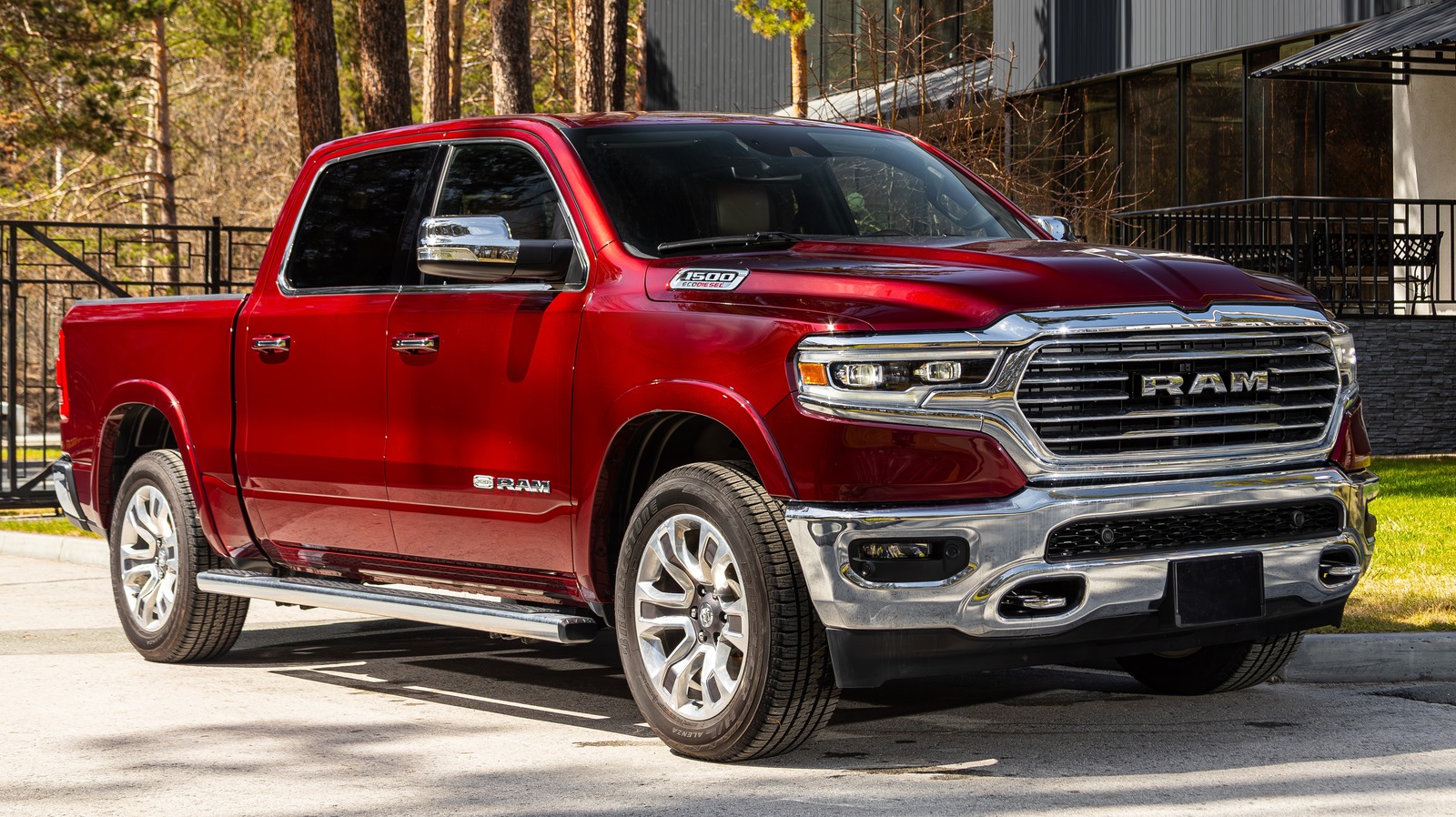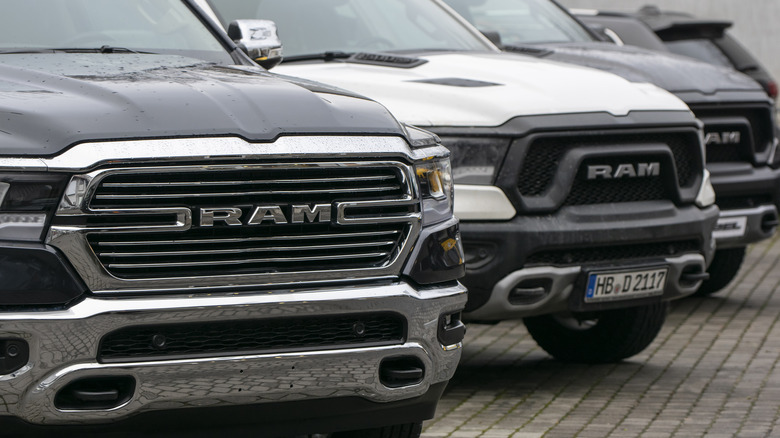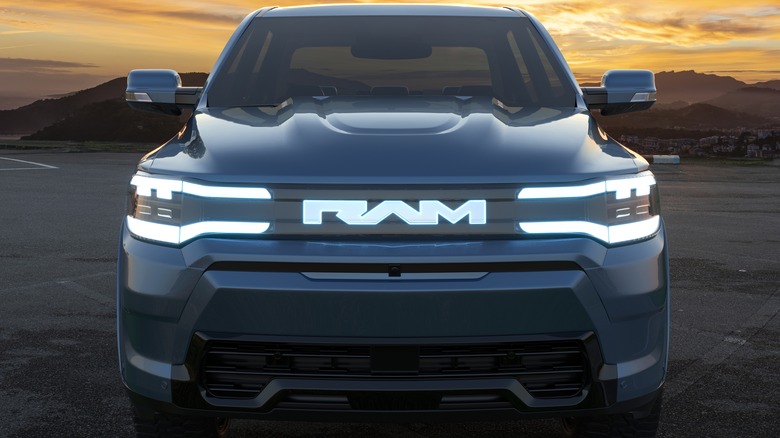As the automotive industry faced a series of challenges in the new millennium, the domestic automakers were hit particularly hard. In 2009, both Chrysler and General Motors filed for bankruptcy within 32 days of each other. Chrysler was also grappling with the dissolution of the Daimler-Chrysler Partnership and weighing a potential merger with Fiat, which had acquired a stake in Chrysler. These challenging times led Chrysler to undergo a restructuring that included the separation of Ram from the Dodge brand.
Emerging from the economic crisis and decades of domestic badge engineering, brand identity became more important than ever. Thus, one of the reasons Chrysler separated Dodge and Ram into two distinct brands was to create a clearer identity between the two, with Dodge continuing to embrace its performance-oriented heritage, while Ram focused on trucks and vans, including commercial vehicles. Prior to the split, Dodge produced the Ram pickup truck for nearly three decades.
Rebrand to better serve customers
As part of the rebrand to better serve customers, Chrysler Group LLC CEO Sergio Marchionne appointed new leadership for the Dodge and Ram brands. Fred Diaz Jr. took the reins as President and CEO of Ram Truck. Diaz was a two-decade veteran of Dodge trucks with a deep understanding of the needs of truck buyers. Meanwhile, award-winning automotive designer Ralph Gilles, who designed the 2005 Chrysler 300, became President and CEO of Dodge. From a business standpoint, separate brands required separate leaders to take ownership of the separate brands’ successes, which involved redefining their identities and steering them into the future.
Beyond new leadership, rebranding has enabled both Dodge and Ram to address the diverse needs of their unique customer bases. For instance, the commercial buyer of a Ram 3500 who requires a heavy-duty pickup truck for towing and hauling for a construction company likely has different requirements than a buyer of a Dodge Challenger SRT Hellcat excited to purchase their dream muscle car.
Post-rebrand success and looking to the future
Five years into the split, Ram almost doubled its market share of the full-size truck segment. Meanwhile, Dodge saw sales increase 41% from 2009 to 2014. This coincided with the launch of new Dodge and Ram products, including a redesigned Ram 1500 in 2009. Ram has continued to build a reputation for producing competitive full-size pickup trucks and has also added the ProMaster and ProMaster EV full-size vans to its lineup.
Despite now being in its seventh model year, the fifth-generation Ram 1500 achieved the highest road test score of a full-size pickup truck by Consumer Reports. It is also a Car and Driver 10Best and Editors’ Choice winner. The Ram 1500 received praise for its refinement, ride comfort, smooth engine, large rear seat, and, most importantly, its ability to meet the demands of truck buyers. Ram has taken things a step further with the luxurious 2025 Ram 1500 Tungsten trim, blending the amenities of a luxury car with the capabilities of a full-size truck, while the high-output turbocharged Ram 1500 RHO delivers more power per dollar than any other off-road sport truck. Having a brand dedicated to trucks appears to be working for Ram.
Ram is poised for growth as it prepares to launch the Ram 1500 REV in 2026, its first electric truck. Furthermore, fifteen years after the separation from Dodge, Ram claims it is finally adding a midsize truck to compete with the Toyota Tacoma. Although the separation occurred during a challenging time, it has allowed each brand to concentrate on what they do best to help build their successes.





